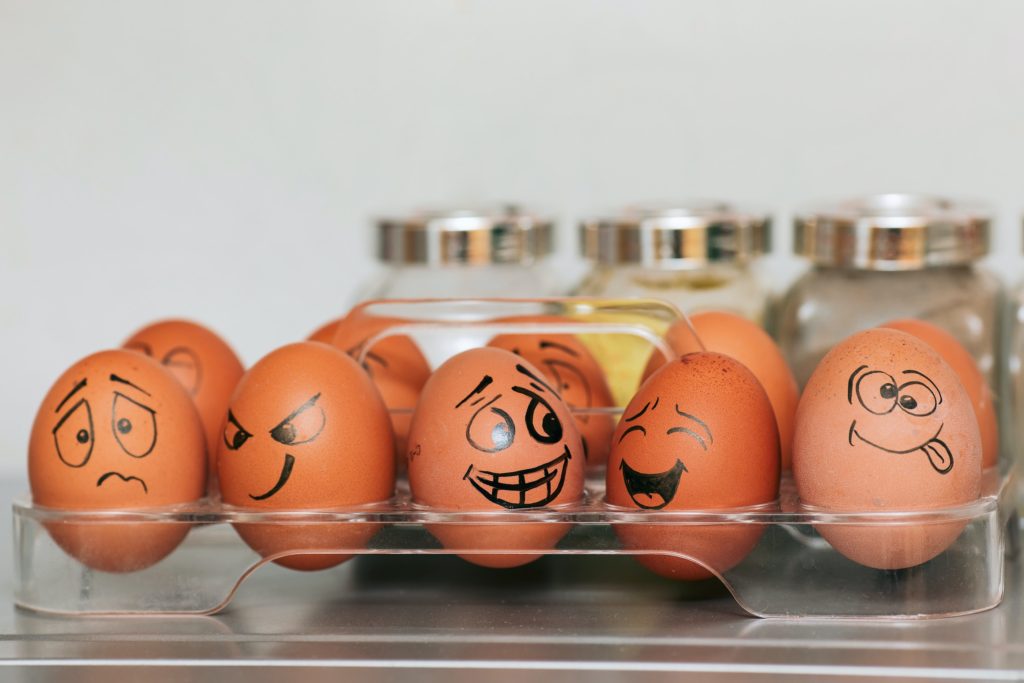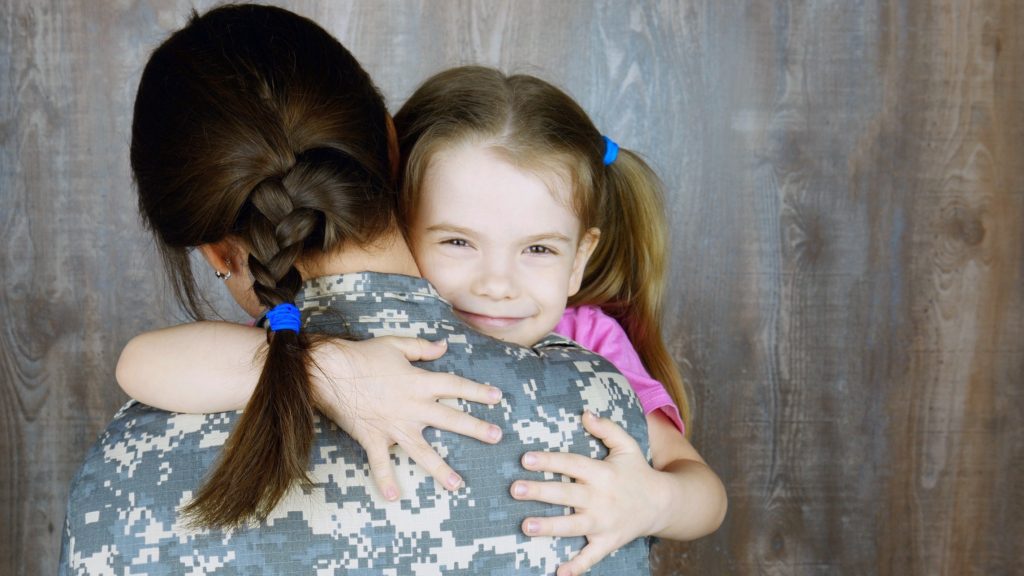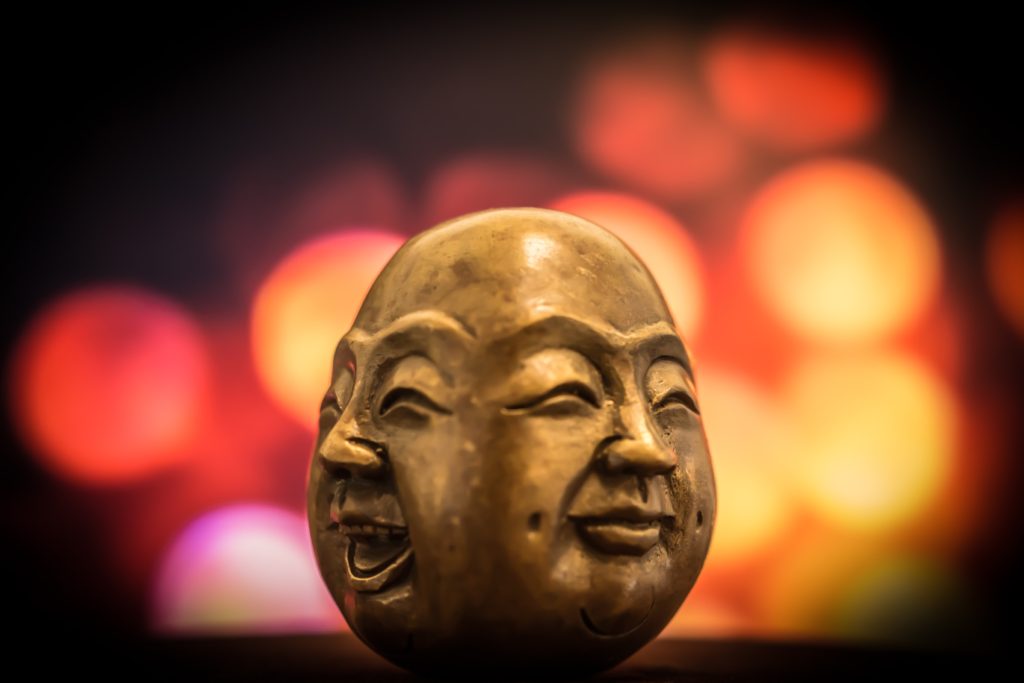Have you ever wondered what it would be like to delve into our brains and see how we process our emotions? Did you know that different emotions provide different ways to relieve stress? The Inside Out movie might just be the key to understanding our own emotions. Moreover, understanding our feelings are the first step in figuring out how to reduce stress in a healthy way.
Contents
Have You Watched the Inside Out movie?
Inside Out (2015) is an animation film produced by Disney, with an accessible insight into our mental process of emotions. Developed under the guidance of psychologist Dacher Keltner, the film contains a lot of scientific basis in how the brain processes emotions. There are 5 anthropomorphic characters that represent our core emotions – Joy, Sadness, Anger, Disgust, and Fear. In the Inside Out movie, all humans have a version of these emotions inside of their brain. The story, however, follows a human character named Riley and her emotion characters.
The Inside Out movie may seem like a children’s film at first glance. However, the story can teach anyone at any age about the complexity of emotions and the fundamentals of emotional intelligence. The film is surprisingly accurate about our emotional developments from a cognitive, developmental, and clinical psychology aspect. It was perceived so well in the field of mental health, some journals have even been published on the topic. (See: Why patients and doctors should watch Inside Out.)
Below we’ll discuss some lessons we can learn from watching the Inside Out movie and how we can apply them to better regulate our own emotions. Furthermore, we will explore how to reduce stress through incorporating different understandings of our emotions.

Emotional Regulation Lessons from The Inside Out Movie
Anthropomorphic Thinking
A research inspired by the Inside Out movie explored anthropomorphic thinking – thinking of emotions as their own people – and how it influences our behavior. Scientists asked all participants in a study to recall their saddest moments in life. The group was then split into two, where one group was asked to write down what their sadness would be like if it were a person, while the other was asked to write the emotional impact and effects of this sadness. The group that anthropomorphized their sadness reported lower levels of sadness after the writing exercise. They then asked all the participants to make consumer choices for a meal and a computer for themselves. The group that anthropomorphized their sadness was able to make healthier choices for food and more practical choices for their computers instead of an indulgent choice.
Researchers believe that decreased sadness leads to better self-control when making decisions. Furthermore, they believe this leads to healthier choices when looking for how to reduce stress. The study suggests that “anthropomorphizing sadness may be a new way to regulate emotion”, as it makes us feel better and helps us resist temptation. On the other hand, when researchers asked participants to anthropomorphize happiness, it actually lead to lower levels of happiness. Therefore, not all emotions are recommended for this method.

Clashing Emotions in the Inside Out Movie
We all have moments where we want to block certain inconvenient and less pleasant emotions. At one point in the Inside Out movie, the emotion character Joy tries to block Sadness. This leads to the main character, Riley, completely shutting down emotionally. The film not only addresses sadness, but also other discomforting emotions such as disgust, fear, and anger. It then goes onto highlight the important roles these emotions play as an integral part of our life experience. For example, disgust keeps us safe by avoiding potential harm (poison, etc.), fear allows us to take precautions, and anger acts as a means to express frustrations and defend ourselves. These negative emotions can be hard to embrace because we associate them with being negative. However, the Inside Out movie teaches us to embrace these emotions too.
Mindfully Embrace ALL Emotions
When we’re developing emotions, it can be hard to understand healthy coping methods or how to reduce stress. This can be especially true in our teenage phase of development. A common regulation strategy is “emotional suppression”, which is to suppress certain unwanted emotions. However, experts believe this can lead to anxiety and depression. Instead, we need to learn how to validate all emotions, the good and the bad. For example in the Inside Out movie, after trying to block Sadness, Joy tries to shift the brain’s emotional responses to exclusively positive ones. Research actually finds this method to sometimes increase depressive feelings. In the end, the film shows the acceptance of sadness as an emotion that is also as important as other positive feelings.
Experts describe this acceptance as “mindfully embracing” an emotion. This means to objectively observe our own emotions without judgment nor dramatic reaction. This allows us to create space for a healthy response to better deal with our situation. Once we embrace even the seemingly negative, we can fuel those emotions towards positive growth. For example, recognizing sadness can help us develop empathy and strengthen relationships. It can even provide us with insights on how to reduce stress, if we understand how to embrace our feelings properly. For example, in the Inside Out movie, Joy learns to recognize that Sadness is behind feelings of empathy and regret. Both of these feelings prove to be very important throughout Riley’s emotional journey in the Inside Out movie.
Understanding Emodiversity Through the Inside Out Movie
Emodiversity – emotional diversity – is our ability to experience a diverse range of emotions in fairly equal measures. Once we start embracing all of our emotions, we become capable of experiencing emodiversity. The Inside Out movie shows this as the character Joy learns to accept that all emotions, positive or negative, have an important role in Riley’s life. By the end of the Inside Out movie, all emotions are working in harmony. A 2014 study with 37,000 respondents revealed that people who experience “emodiversity”, or a rich array of both positive and negative emotions, demonstrate better mental and physical health. An appropriate emotional journey, as well as finding how to reduce stress in a healthy manner, are what we need to achieve higher levels of happiness. Just as the saying goes, “variety is the spice of life.”
According to this study, the more emotions we feel for a particular situation, the more detailed understanding and perspectives we gain. As a result, this leads to better behavioral choices and potential greater happiness. Researchers also found that people high in emodiversity were less likely to be depressed than people high in positive emotion alone. In terms of physical health, a second study pointed out that emodiversity leads to less medication use, lower health care costs, fewer doctor visits, better diet, more exercise, and better smoking habits. Surprisingly, the effect of emodiversity on physical health is proven strong.
As we can see, enriched emotions are vital to our well-being and seeking how to reduce stress in a healthy manner. If you’d like to know where you stand on the scale of emodiversity, you can try a test at Emodiversity.org to see where you’re at.

Watching the Inside Out Movie from a New Perspective
Cultivating self-awareness regarding our emotions is vital for emotional regulation and finding how to reduce stress appropriately. The Inside Out movie teaches us a few important tips on how we can better regulate these emotions. First, anthropomorphizing our emotions helps our negative emotions feel less intense and give us better self-control. Second, mindfully embracing all of our emotions, even the negative, allows us to avoid emotional suppression and helps us grow and deal with situations in a healthier manner. Third, fully feeling our authentic emotions through emodiversity can be beneficial for us both mentally and physically. Understanding and embracing these lessons will help us become a better version of ourselves, as well as finding healthy ways to relieve stress regularly, leading to a happier and healthier lifestyle.
Never considered Inside Out as more than a children’s movie? It’s time to watch or rewatch it again from a mental regulation standpoint. You might be pleasantly surprised to find more insights and tips that go beyond what this article covers!
If you’re looking for other ways to relieve stress or regulate your emotions, check out some of our past blog posts!
Image: Unsplash
A new strategy to alleviate sadness: Bring the emotion to life: Researchers show how characters from the movie “Inside Out” hold the key to regulating emotions and behavior. (2019, October 3). ScienceDaily. https://www.sciencedaily.com/releases/2019/10/191003103515.htm
Reference:
Chen, F., Chen, R. P., & Yang, L. (2019). When Sadness Comes Alive, Will It Be Less Painful? The Effects of Anthropomorphic Thinking on Sadness Regulation and Consumption. Journal of Consumer Psychology, 30(2), 277–295. https://doi.org/10.1002/jcpy.1137
Docter, Pete. (Director). (2015). Inside Out [Film]. Walt Disney Pictures Pixar Animation Studios
Four Lessons from “Inside Out” to Discuss With Kids. (2015, July 14). Greater Good. https://greatergood.berkeley.edu/article/item/four_lessons_from_inside_out_to_discuss_with_kids
How the GGSC Helped Turn Pixar “Inside Out.” (2015, June 19). Greater Good. https://greatergood.berkeley.edu/article/item/how_ggsc_turned_pixar_inside_out
Keltner, D., Oatley, K., & Jenkins, J. M. (2018). Understanding Emotions (4th ed.). Wiley.
Quoidbach, J., Gruber, J., Mikolajczak, M., Kogan, A., Kotsou, I., & Norton, M. I. (2014). Emodiversity and the emotional ecosystem. Journal of Experimental Psychology: General, 143(6), 2057–2066. https://doi.org/10.1037/a0038025
Variety is the Spice of Emotional Life. (2014, December 22). Greater Good. https://greatergood.berkeley.edu/article/item/variety_is_the_spice_of_emotional_life



